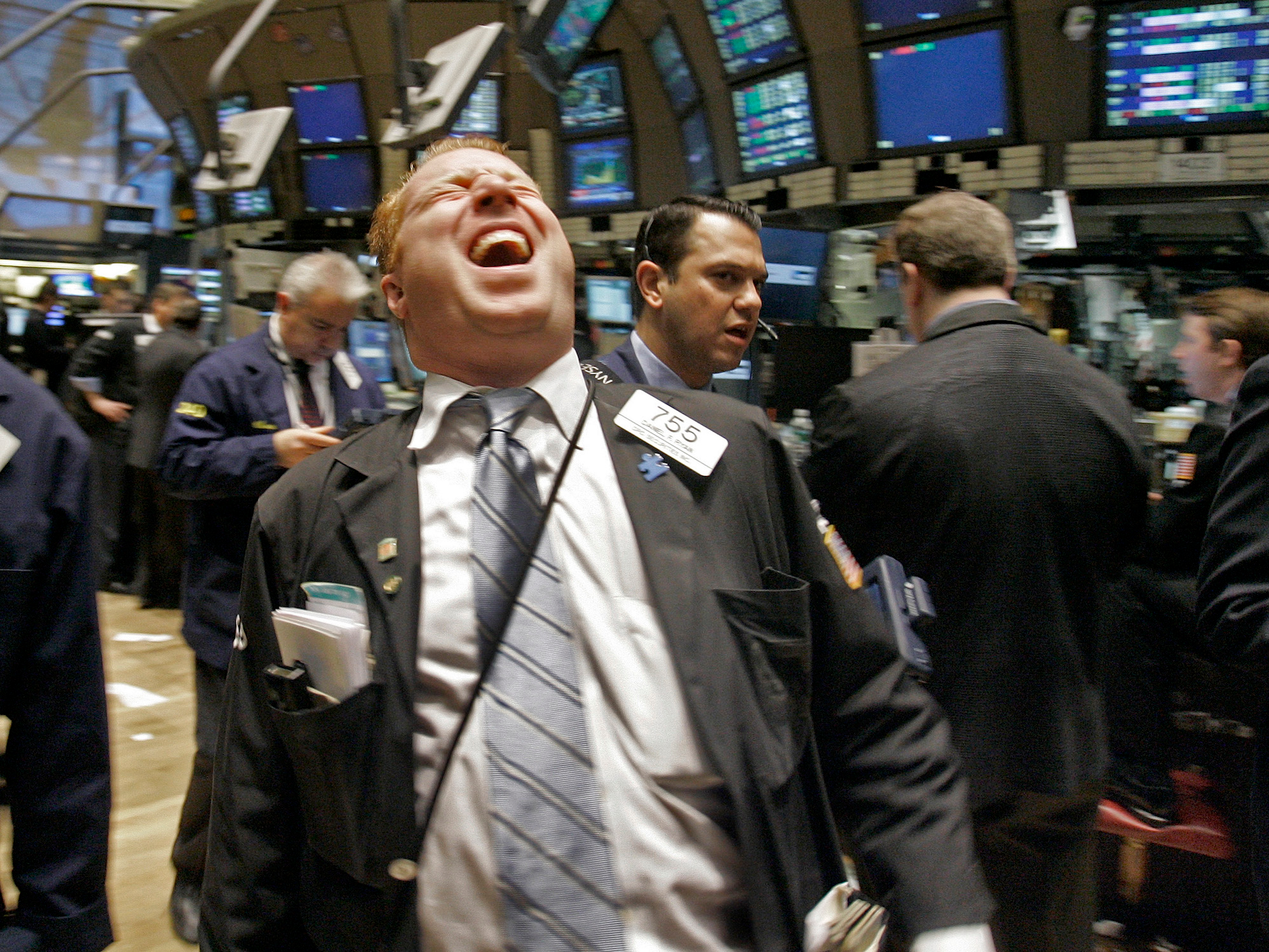- 2017 was a bumper year for mergers and acquisitions, but 2018 could be even bigger.
- Several factors will continue to drive M&A in 2018, including global economic expansion and the new US tax law, according to a report by Citigroup.
- An increase in activist investing could scuttle deals, however.
2017 finished off as a robust year for mergers and acquisitions, with $3.7 trillion in deals – the third-highest annual tally since the financial crisis. Megadeals over $10 billion soared in the second half of the year.
But 2017’s impressive run could just be a prelude to an even frothier deal environment in 2018.
“The market reaction to these deals was positive in 2017, highlighting the benefits of accelerating growth, improving technological capabilities, and broader geographic reach,” Citigroup’s corporate-finance team wrote in a 2018 outlook report to its clients. “These benefits will continue to drive M&A into 2018 with several evolving themes.”
Multiple trends – including an influx of corporate cash from the new tax law – are aligning that could make it a monster year for M&A, according to Citi.
Here are some of the factors driving M&A enthusiasm:
- Economic strength across the globe. "In 2018, 75% of major economies are expected to generate more than 2% GDP growth, compared to only 57% in 2011," Citi writes. "Aggregate corporate earnings are expected to rise by 10.1% in 2018, up from 7.0% in 2016."
- The Amazon effect is lingering in corporate boardrooms. "Rapid technological change is requiring companies to think unconventionally about the types of deals that are necessary to adapt to changing demographics, consumer behavior, and technological innovation," Citi writes. The report continued: "More firms are exploring transactions that blur traditional sector boundaries to create shareholder value."
- US corporate tax cuts will provide cash flexibility for acquisitions. "The domestic provisions of the tax reform result in an estimated annual 12% increase in cash flow for the median U.S. firm which, over a five-year period, creates 0.5x incremental leverage capacity," Citi writes.
- The repatriation of offshore profits could provide a boost, too. "The top 15 firms have more than $10 billion each and the next 20 have over $5 billion each," Citi writes. "While access to this cash provides immediate dry powder for additional M&A, many of these firms already have significant financial flexibility."
- Companies are already chasing growth - Federal Reserve action is likely to heighten that dynamic. Citi expects the anticipated interest-rate hikes from the Fed to further flatten the yield curve - the phenomena in which short- and long-term bonds start providing similar returns - pushing investors toward growth stocks. "As central bank unwinding continues, we expect an ongoing equity market premium for growth, requiring companies to remain focused on organic and M&A-driven growth initiatives," Citi writes.
One theme that could scuttle deals is worth a mention: a marked increase in activist investing. Citi notes that roughly 8% of US M&A deals and 4% in Europe now face opposition from activists.
"Activist interference can be highly disruptive; almost one third of deals with activist interference were not completed," Citi writes, referring to 2017 figures.


